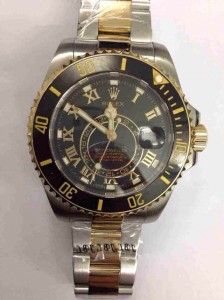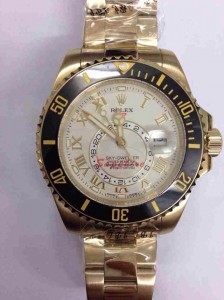In-House and Outsourced Movements, how much do you know?
If you’ve always enjoyed debates and furious arguments, an interest in luxury replica watches is your thing. Horology gives watch aficionados endless opportunities to argue about various topics, from movements to dial text. Advocates will say for one brand against another – sometimes to the point of frenzy – or will get so passionate about the whole vintage vs. modern debate that you start to worry about their blood pressure.
One of the classic points of contention is the respective merits of luxury watches that use movements designed and built by the manufacturer itself (often referred to as “in-house” movements) versus those supplied by third parties or “outsourced” movements. As with any discussion, there are pros and cons on both sides, so below, we’ll look at things in more detail and try to figure out the details. 

There is the whole issue of semantics. Most outsourced movements, especially Swiss watches, are made by ETA, which has a virtual monopoly. ETA is a wholly owned subsidiary of the Swatch Group, which owns Omega, Hamilton, Tissot, and other brands. So does this mean that those Swatch-owned manufacturers who use ETA movements can also say they make them in-house?
It’s all a bit vague and mysterious. Still, there is no doubt that the word carries a certain charm among collectors and brings with it the subtle connotations of exceptional craftsmanship, heritage, and prestige.
There are other benefits for a brand to manufacture its mechanisms, not just figuratively. Complete quality control of the entire process can only be a positive approach. Construction techniques can be standardized and explicit materials are used for each step. Moreover, for those who like to show off their handmade beauty through the sapphire case back, The fake watches can finish the movement as they wish.
That said, ETA also offers ébauches, the essential components of the movement, which can be assembled, modified, and decorated according to each company’s specific requirements. On the other hand, repairing an ETA movement is usually much cheaper than an in-house movement. It is not difficult to find a freelancer to repair an ETA. In contrast, only watchmakers working for a specific brand have the skills and equipment to work on a genuinely proprietary movement.
